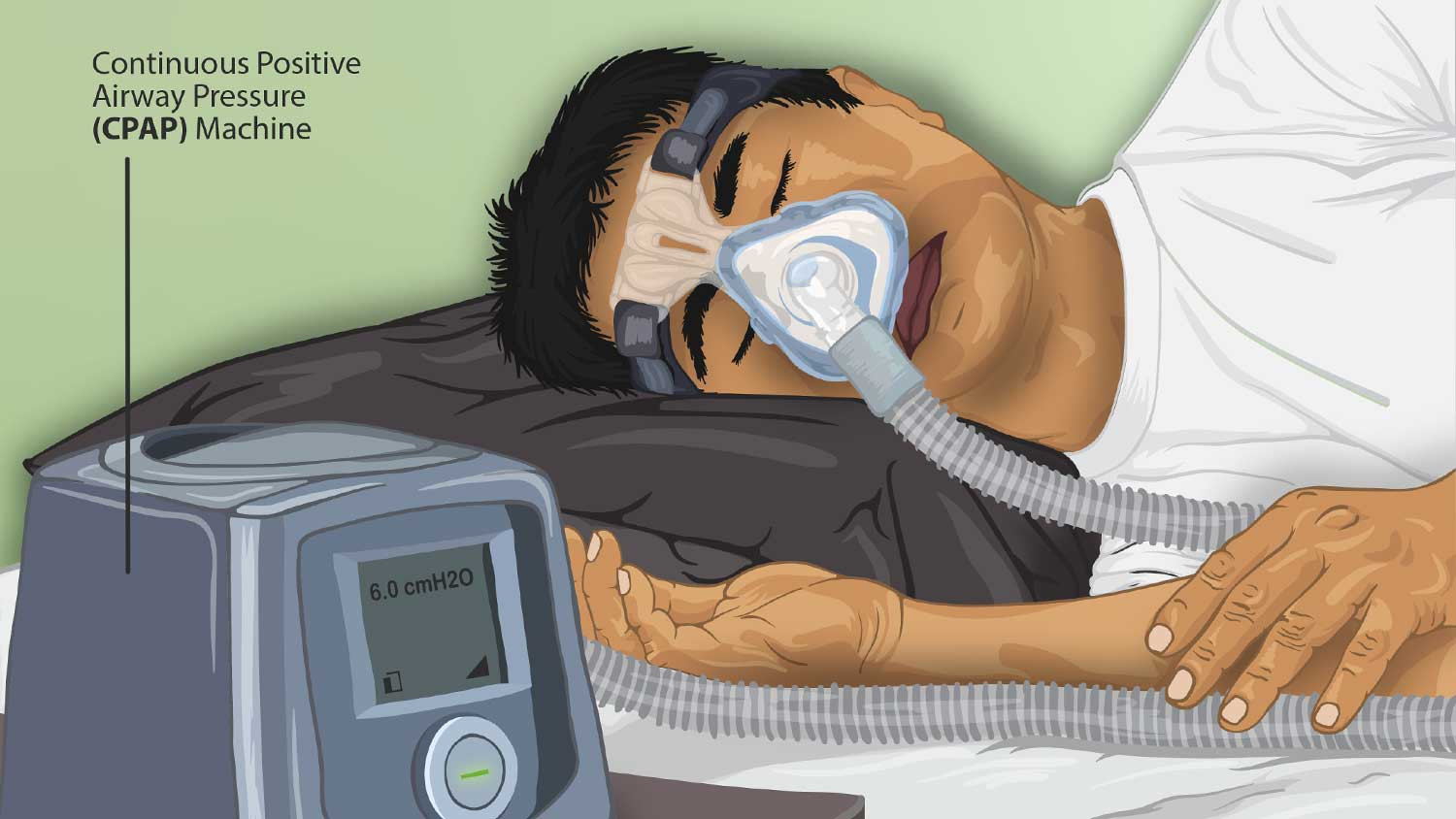Hidden in Plain Sight: The Shocking Truth About Autism's Prevalence and Misdiagnosis
One in 36 people have a diagnosis of autism—a prevalence higher than many realize. At the grocery store, a mother guides her child down the cereal aisle. Nearby, a man studies a list on his phone while a cashier rings up a customer’s order with precision. Amid these ordinary scenes, there is likely someone who is autistic. This stark reality highlights a significant gap in our understanding of autism, largely due to outdated perceptions and limited diagnostic frameworks.
The Mask of Autism: Why It's Often Missed
“People often assume autism is something visible,” said Anna Krasno, clinical director of UC Santa Barbara’s Koegel Autism Center. But for many, it’s a hidden diagnosis. Autistic individuals frequently mask their traits to conform to non-autistic social norms, which can be both mentally and physically exhausting. This masking, Krasno noted, contributes to misunderstandings and misdiagnoses, particularly among women, people of color, and gender-diverse individuals who do not fit traditional stereotypes of autism. Historically, autism research and diagnostic tools have focused on white, cisgender boys under age five. As a result, countless individuals—particularly those from marginalized groups—have gone undiagnosed until adulthood or not at all. Krasno's work underscores the need for culturally informed approaches to assessment, moving beyond the limitations of traditional methods.
The Limitations of Traditional Diagnostic Tools
Traditional diagnostic tools like the widely used Autism Diagnostic Observation Schedule (ADOS), Krasno explained, are rooted in outdated notions of autism. These tools often fail to account for traits like masking or sensory sensitivities, particularly in verbal individuals or adults. “We’re advocating for a broader, more inclusive approach that includes self-report measures and considers cultural and gender diversity,” she said. This call for a more comprehensive approach emphasizes the need to move beyond the limitations of existing tools and incorporate diverse perspectives into diagnostic practices.
Reframing Autism: A Shift from Deficit to Difference
Krasno challenges misconceptions rooted in deficit-based perspectives, advocating for a fundamental shift in how autism is understood and addressed. “In our clinic, we see people receiving their first autism diagnosis well into their 20s, 30s, or even 60s,” she said. Without understanding their experiences as part of their brain wiring, they’ve often struggled with depression, anxiety, and a sense of being fundamentally broken. One teenager who arrived at the Koegel Autism Center with multiple mental health diagnoses—including depression, anxiety, and obsessive-compulsive disorder—had her autism missed entirely. Accurate diagnosis would have given her and her family the language to understand her needs and strengths, changing her trajectory. Krasno's work highlights how embracing the neurodiversity paradigm, which views autism as a difference in brain wiring rather than a disorder to be fixed, is not only a clinical imperative but a societal one—a step toward fostering understanding and equity for all.
The Importance of Culturally Informed Assessments
Krasno’s forthcoming book chapter emphasizes culturally informed, strength-based assessments that move beyond the medical model, which often frames autism in terms of deficits. She highlights the need for tools that consider the unique experiences of autistic individuals across diverse identities and intersections. The chapter, co-authored with Julia Juechter and Kaylin Russell, advocates for a fundamental shift away from deficit-based approaches towards a model that celebrates neurodiversity and individual strengths. This emphasis on cultural sensitivity and strength-based assessment reflects a growing recognition of the need for more inclusive and equitable diagnostic practices.
Autism and the Workplace: Creating Inclusive Environments
Beyond diagnosis, Krasno urges workplaces and institutions to adopt neurodiverse-affirming practices. Simple changes, such as offering noise-canceling headphones, providing clear communication, and allowing flexible schedules, can make environments more inclusive for everyone. Creating workplaces that accommodate the unique needs of autistic individuals is not only ethical but also beneficial to the overall work environment. By embracing neurodiversity, companies can cultivate a more inclusive and supportive atmosphere for all employees.
The Future of Autism Understanding: Thriving, Not Just Surviving
Krasno’s advocacy underscores the importance of shifting societal perceptions of autism. “By reframing autism as a difference rather than a deficit, we can create a world that’s more inclusive and affirming,” she said. This isn't just about diagnostic accuracy; it's about ensuring autistic individuals can thrive. The ultimate goal is to create a society where autistic individuals are not only understood and accepted but also empowered to reach their full potential. This requires a collective effort from researchers, clinicians, educators, employers, and society as a whole. By working together, we can create a world where everyone has the opportunity to thrive.
The rising number of autism diagnoses, coupled with advancements in our understanding of neurodiversity, presents both a challenge and an opportunity. The challenge lies in addressing the persistent gaps in diagnosis and support, while the opportunity lies in fostering a more inclusive and accepting society that celebrates the diversity of human experience. This requires a significant shift in perspective, moving away from deficit-based models to an approach that values neurodiversity and empowers autistic individuals to reach their full potential. This journey toward greater understanding and acceptance is essential for creating a world where everyone can thrive.

















